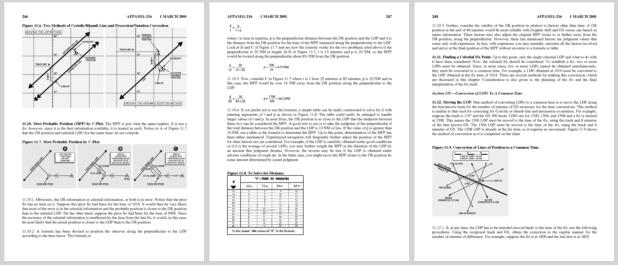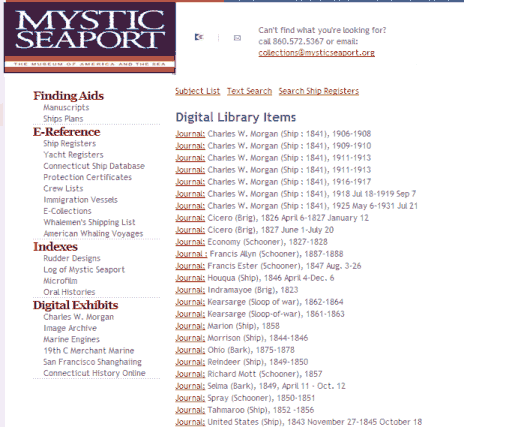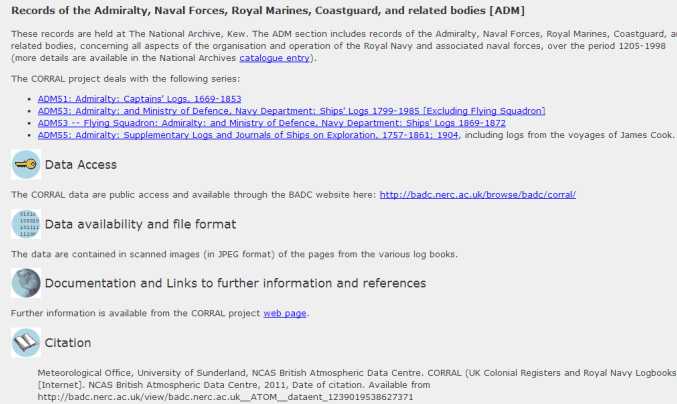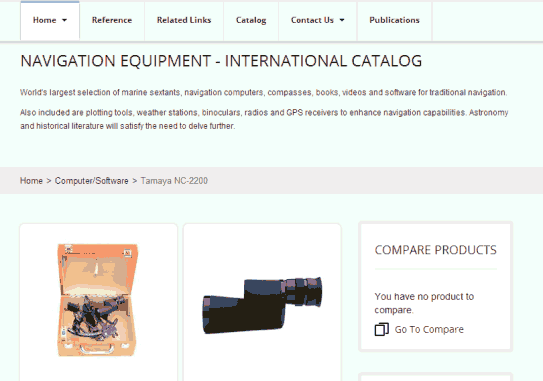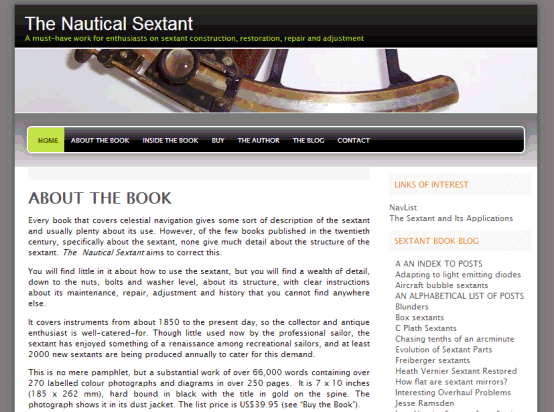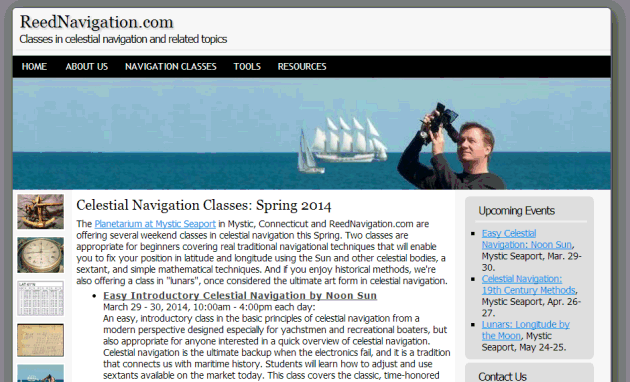
NavList:
A Community Devoted to the Preservation and Practice of Celestial Navigation and Other Methods of Traditional Wayfinding
Re: Why Not To Teach Running Fixes
From: UNK
Date: 2009 Dec 14, 22:50 -0800
--
NavList message boards: www.navlist.net
Or post by email to: NavList@navlist.net
To , email NavList+@navlist.net
From: UNK
Date: 2009 Dec 14, 22:50 -0800
Certainly a running fix is not a "fix," it is a "running fix." This
terminology is used to denote a position that has more uncertainty than
a "fix." The uncertainty creeps in due to the uncertainty in the track
of the vessel which then results in the same uncertainty in the
advanced LOP.
Looking at your example, maybe you are looking the problem from the wrong end of the telescope. Instead of thinking that the EP improves the accuracy of the RFIX it may make more sense to think of the RFIX improving the accuracy of the EP which, after all, is an estimated position which carries with it the uncertainty in the estimate of speed and track. Look at your diagram which doesn't have a scale. What if the time between LOP1 and LOP2 is very short? In that case your would be asking yourself what caused the large error in EP1 not why is the RFIX so far from EP2.
It is only correct to place the EP at the foot the perpendicular from the DR if there is no uncertainty in the LOP itself which is highly unlikely since all positional information has some level of uncertainty. So since there is some uncertainty in both pieces of information the EP should be placed somewhere between the DR and the LOP. I have attached several pages from AFPAM 11-216 which discusses this point.
gl
Lu Abel wrote:
Looking at your example, maybe you are looking the problem from the wrong end of the telescope. Instead of thinking that the EP improves the accuracy of the RFIX it may make more sense to think of the RFIX improving the accuracy of the EP which, after all, is an estimated position which carries with it the uncertainty in the estimate of speed and track. Look at your diagram which doesn't have a scale. What if the time between LOP1 and LOP2 is very short? In that case your would be asking yourself what caused the large error in EP1 not why is the RFIX so far from EP2.
It is only correct to place the EP at the foot the perpendicular from the DR if there is no uncertainty in the LOP itself which is highly unlikely since all positional information has some level of uncertainty. So since there is some uncertainty in both pieces of information the EP should be placed somewhere between the DR and the LOP. I have attached several pages from AFPAM 11-216 which discusses this point.
gl
Lu Abel wrote:
John:
Technically you're right that only the component of the course perpendicular to the first LOP is the only part of value (or, more correctly in keeping with your words, that the component perpendicular is worthless).
And ... so what??
The whole idea behind a running fix is that a LOP taken at a particular time can be advanced with some reasonable assumption of accuracy to a later time. As others have pointed out, it certainly is not a Fix. But, as George pointed out in his example, sometimes something is better than nothing. If I were the navigator in the situation George outlined (although he failed to include an assumption that the GPS had failed :-) ), I sure as heck would find a RFIX more informative than simply a couple of bearings.
A good navigator knows that the longer the time between his/her first bearing and the second, the less accurate the RFIX will be and therefore the more caution should be used in trusting it as an accurate location for the vessel.
So, back to your question. No, a good navigator does not trust that the "estimated track perpendicular to LOP1 is completely accurate" Rather, she assumes that it is reasonably accurate and, thanks to her experience, knows that the advanced LOP1 may not be perfect. That's part of the art of navigation.
As to the component of the track parallel to LOP1, that is worthless. But it's worthless as a result of mathematics, not some failure of the science of navigation -- only the component of the track vector perpendicular to the LOP is used in advancing the LOP.
Let me give another example of RFIXes. Let's say you're solo sailing around the world (or even that you're the only navigator on a more fully crewed vessel). You can't take simultaneous celestial sights. You have to take them one at a time. This REQUIRES you to advance (or retard) one or more LOPs to get your fix. Further, let's assume you're making six knots and your sights are 10 minutes apart. Your vessel has moved by one mile between sights. Even if your DR is off by a relatively huge amount (say 10~20%), it's off by a tenth of a mile or two. My experience in taking sights from the deck of a small vessel even in relative calm seas is that I'm darn lucky to be within a minute or two of a true shot. Having my the point to which I advance my first LOP possibly be off by a tenth or two pales by comparison to the fact that my LOP itself may be off by a mile or more!
Last but not least -- note again that your two tracks (1 and 2) are of different lengths. In the real world the length of the tracks must be the same (even if they are in different directions).
John Karl wrote:--Come on you guys, this has nothing to do with radar, loran, or any other navigation system. It has nothing to do with terminology, DR versus EP, etc, It has nothing to do with teaching. It concerns the validity of the traditional running fix concept. In the figure below, the location P1 is where the navigator #1 thinks she is when LOP1 is acquired. To the best of her knowledge (her best guess, for whatever reason) she believes the effective track (track 1) took the ship to P2 when LOP2 is acquired. The standard running fix places the ship at RFIX. Again, I observe that the this traditional running fix assumes that the estimated track perpendicular to LOP1 (in red) is completely accurate while the component parallel to LOP1 (in blue) is completely without value. I ask again, can anyone refute these these assumptions?? Can anyone justify them?? JK
NavList message boards: www.navlist.net
Or post by email to: NavList@navlist.net
To , email NavList+@navlist.net
NavList message boards: www.navlist.net
Or post by email to: NavList@navlist.net
To , email NavList+@navlist.net
